About products and suppliers
Nikmati kemegahan dan peremajaan dengan penyegaran ini. cina pabrik ruang sauna dari Alibaba.com .. cina pabrik ruang sauna memiliki banyak sekali kegunaan, tidak sedikit di antaranya untuk istirahat dan relaksasi .. cina pabrik ruang sauna juga membantu mengurangi nyeri punggung, penurunan berat badan, menghilangkan selulit, dan mengurangi gejala penyakit yang menyakitkan seperti artritis. Ini cocok untuk penggunaan di rumah dan komersial.
cina pabrik ruang sauna di Alibaba.com ditawarkan oleh merek terpercaya yang terkenal dengan kualitas terbaik .. cina pabrik ruang sauna mungkin terbuat dari kayu , akrilik, dan bahan halus lainnya dijamin menawarkan pengalaman yang luar biasa. Ini. cina pabrik ruang sauna dirancang untuk menjadi menarik secara lahiriah dan batiniah serta memberikan tampilan dan nuansa yang mewah dan premium. Mereka menggunakan bahan terbaik dan menerapkan desain modular untuk memancarkan rasa kemewahan dan gaya.
cina pabrik ruang sauna memiliki banyak fitur tambahan untuk menambah hiburan dan tampilan canggih pada item. Banyak yang memiliki speaker Bluetooth built-in untuk memungkinkan pengguna menikmati musik sambil bersantai .. cina pabrik ruang sauna memungkinkan pengalaman kustom karena memiliki fungsi kontrol suhu. Mereka juga memiliki saluran pembuangan tersembunyi, pintu kaca temper halus, dan remote control untuk penyesuaian panas .. cina pabrik ruang sauna dapat dirancang dalam berbagai ukuran, untuk satu pengguna atau lebih banyak orang. Ini dapat digunakan di spa dan ruang sejenis lainnya juga.
Nikmati kemewahan tanpa batas dengan ideal. cina pabrik ruang sauna dari Alibaba.com. Produk yang dirancang dengan luar biasa ini sangat ideal untuk. Pemasok cina pabrik ruang sauna yang ingin melayani klien yang bervariasi dan menyimpan banyak produk berkualitas yang berbeda. Pilih item terbaik dengan penawaran dan diskon yang tak tertandingi.
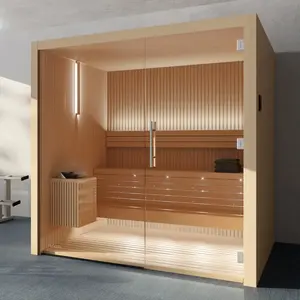



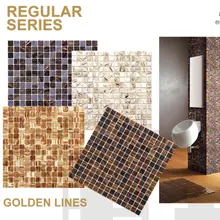

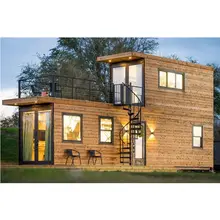

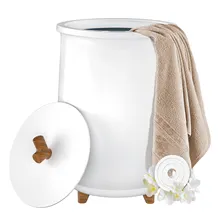



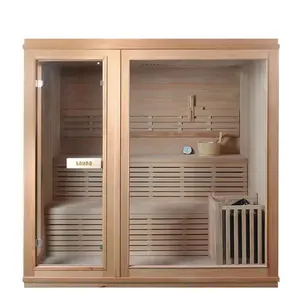



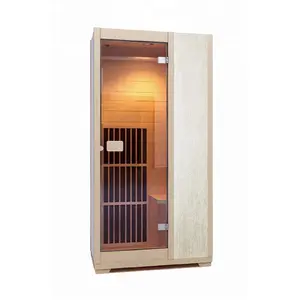

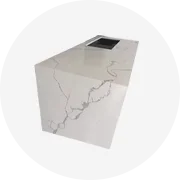


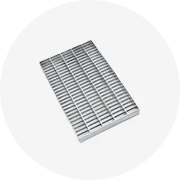


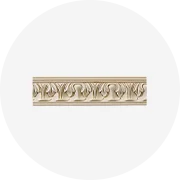

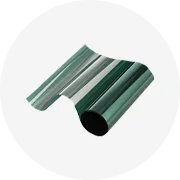
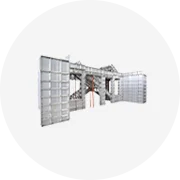


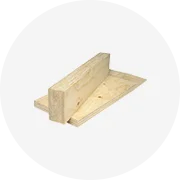
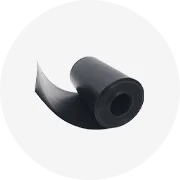
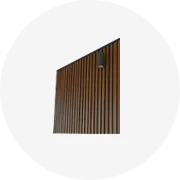








 浙公网安备 33010002000092号
浙公网安备 33010002000092号 浙B2-20120091-4
浙B2-20120091-4